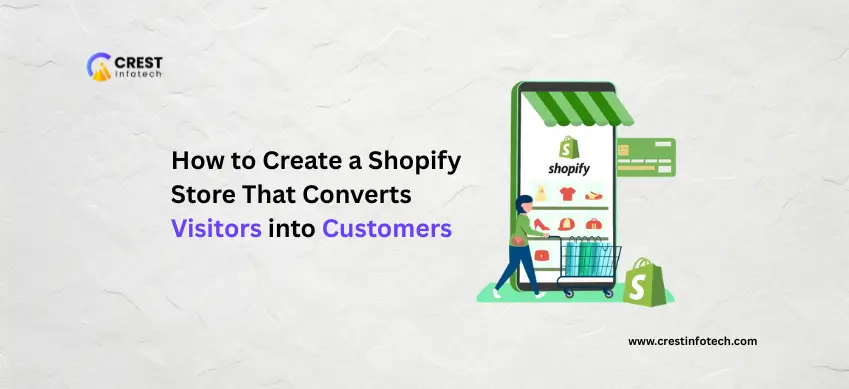Driving traffic to your Shopify store is only half the equation — the real challenge is converting those visitors into paying customers. A well-optimized store design, compelling content, and seamless user experience can dramatically boost your conversion rate. Here’s a step-by-step guide to creating a Shopify store that actually sells.
Start with a Conversion-Focused Theme
Your theme sets the foundation for the entire shopping experience.
Tips:
-
Choose a fast, mobile-responsive theme (e.g., Dawn, Impulse, Booster)
-
Make sure the navigation is simple and intuitive
-
Highlight CTAs (Call-to-Actions) above the fold
Optimize Your Homepage for Trust and Action
The homepage should establish credibility and encourage exploration.
Key Elements:
-
A clear value proposition (“What makes your store unique?”)
-
High-quality visuals and lifestyle images
-
Featured collections or bestsellers
-
Customer reviews or trust badges
Craft High-Converting Product Pages
Product pages are where purchase decisions happen — they must be persuasive and informative.
Checklist:
-
Unique, benefit-driven product descriptions
-
Multiple product images (including zoom and lifestyle shots)
-
Clear pricing and availability
-
Urgency or scarcity cues (e.g., “Only 3 left in stock”)
-
Social proof (e.g., star ratings, user reviews)
-
Easy-to-find “Add to Cart” button
Simplify the Checkout Process
A complex checkout can kill conversions. Shopify already offers a streamlined checkout, but you can enhance it further.
Suggestions:
-
Enable Shopify’s one-page checkout
-
Offer guest checkout (no account required)
-
Support multiple payment options (credit cards, Shop Pay, PayPal, etc.)
-
Auto-fill fields and provide error feedback
Build Trust with Social Proof
Buyers trust other buyers more than they trust your marketing.
Add elements like:
-
Customer testimonials
-
Product reviews (via apps like Loox or Judge.me)
-
User-generated content (e.g., Instagram feeds)
-
Press mentions or awards
Use Popups and Offers Wisely
Popups can be powerful when used correctly.
Best Practices:
-
Offer value (e.g., 10% off first order, free shipping)
-
Time them to trigger after user engagement
-
Keep forms short — name and email are enough
Enhance Mobile Experience
Over 70% of eCommerce traffic comes from mobile. Make sure your store performs flawlessly on smartphones.
Focus on:
-
Fast load times
-
Clickable elements with enough spacing
-
Easy-to-use mobile navigation and search
Retain and Recover Potential Customers
Not all visitors will buy on their first visit — that’s where email marketing and retargeting come in.
Tools to Use:
-
Abandoned cart recovery emails
-
Exit-intent popups
-
Retargeting ads via Facebook or Google
-
SMS follow-ups
Track and Optimize with Analytics
Constant improvement comes from data.
Use:
-
Shopify Analytics
-
Google Analytics with Enhanced eCommerce
-
Heatmaps (via apps like Lucky Orange or Hotjar)
Analyze where users drop off and run A/B tests to boost performance.
Final Thoughts
Creating a Shopify store that converts takes more than just good products — it requires thoughtful design, clear messaging, and a user-centric approach. By focusing on experience, trust, and streamlined purchasing, you’ll be well on your way to turning casual visitors into loyal customers.



